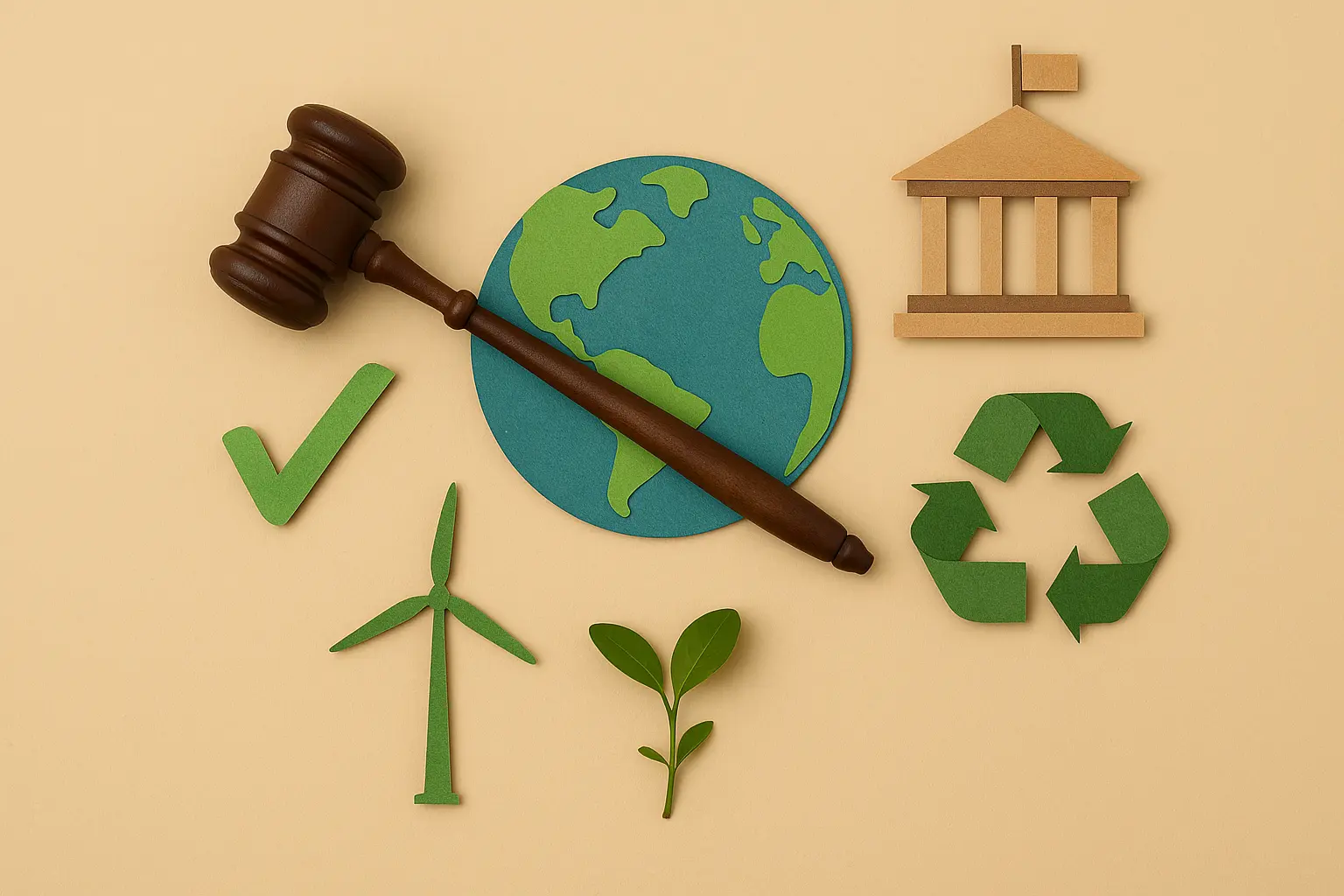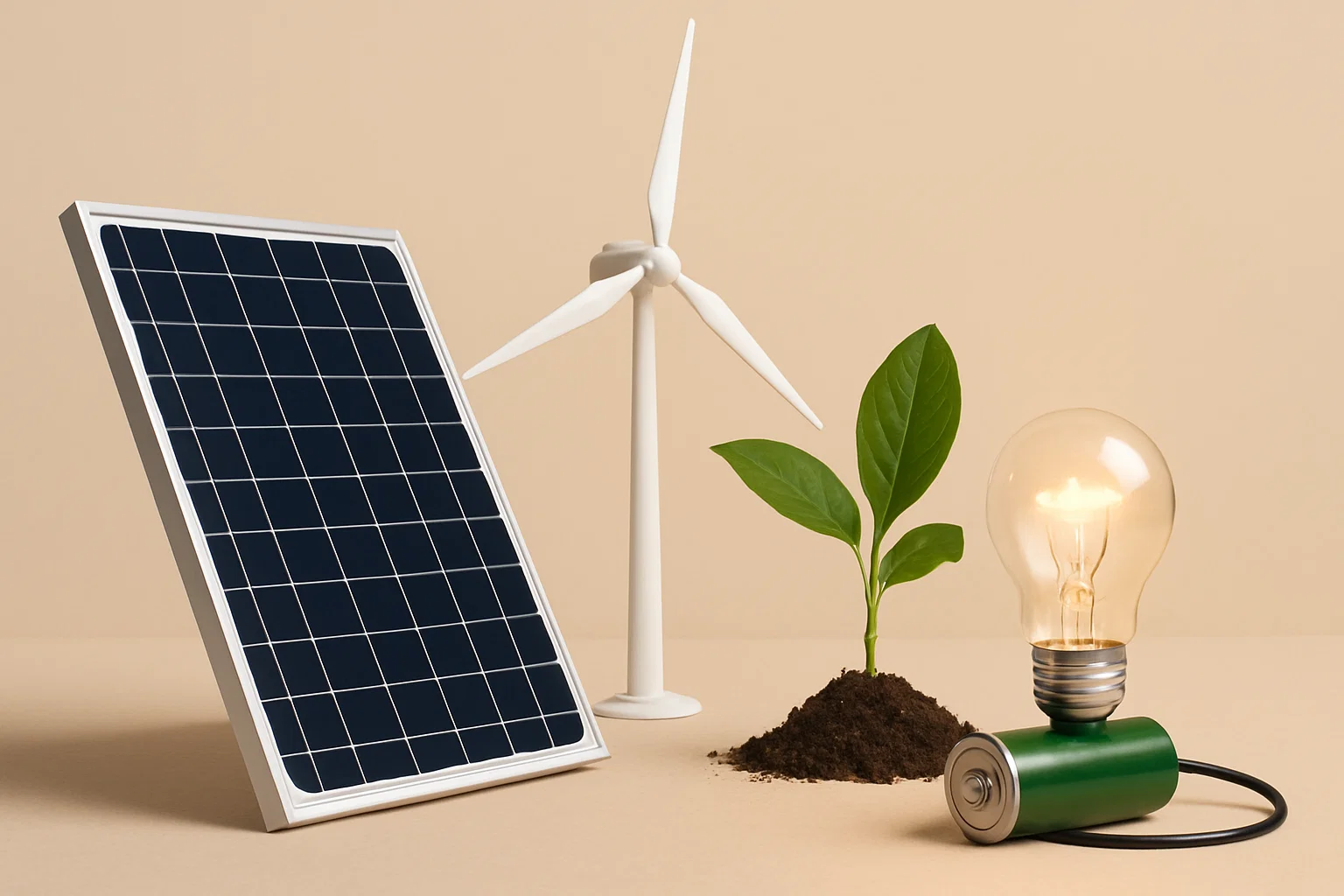Decoding the Global Commitment: A Breakdown of the Paris Agreement and the Path Forward

The Paris Agreement, adopted in 2015 under the United Nations Framework Convention on Climate Change (UNFCCC), stands as a landmark achievement in international cooperation on climate action. For the first time, nearly every nation on Earth committed to ambitious goals to combat climate change, marking a significant shift in global consciousness and policy. Understanding the intricacies of this agreement – its objectives, mechanisms, and the challenges and opportunities that lie ahead – is crucial for anyone seeking to grasp the global effort to build a sustainable future.
This exploration provides a comprehensive breakdown of the Paris Agreement, dissecting its key components and shedding light on what has been achieved and what the next critical steps entail. Our objective is to thoroughly educate you on this pivotal international framework, encouraging and inspiring you to understand its significance and the ongoing efforts to translate its commitments into tangible action for a healthier planet.
The Genesis and Guiding Principles: Setting the Stage for Global Action
The Paris Agreement emerged from decades of international negotiations, recognizing the urgent need for a unified global response to the escalating climate crisis. Its central aim, enshrined in Article 2, is to limit global warming to well below 2, preferably to 1.5 degrees Celsius, compared to pre-industrial levels. This ambitious temperature goal acknowledges the scientific consensus that exceeding these thresholds would lead to increasingly severe and irreversible climate impacts.
Underpinning this central goal are several guiding principles that shape the agreement's implementation:
- Common but Differentiated Responsibilities and Respective Capabilities (CBDR-RC): This principle acknowledges that while all countries have a responsibility to address climate change, their historical contributions to emissions and their current capacities to act vary. Developed countries, having historically emitted the most, are expected to take the lead and provide financial and technological support to developing countries.
- Nationally Determined Contributions (NDCs): The Paris Agreement operates on a bottom-up approach, where each country sets its own climate targets, known as Nationally Determined Contributions (NDCs). These NDCs outline a country's plans for reducing greenhouse gas emissions and adapting to the impacts of climate change. The agreement requires countries to submit new or updated NDCs every five years, with the expectation that these targets will become progressively more ambitious over time – a process known as the "ratchet mechanism."
- Adaptation: Recognizing that the impacts of climate change are already being felt and will continue to intensify, the agreement emphasizes the importance of adaptation measures. This includes efforts to build resilience to climate impacts, such as developing drought-resistant crops, improving water management systems, and strengthening infrastructure against extreme weather events.
- Finance, Technology Transfer, and Capacity Building: The agreement acknowledges the need for financial, technological, and capacity-building support from developed countries to developing countries to enable them to implement their NDCs and adapt to climate change. This includes a commitment by developed countries to a goal of mobilizing at least USD 100 billion per year by 2020 (a target that has faced challenges in being fully met).
The Core Mechanisms: How the Paris Agreement Works in Practice
The Paris Agreement establishes several key mechanisms to drive climate action:
- The Global Stocktake: Every five years, starting in 2023, the Global Stocktake assesses the collective progress of all countries towards achieving the goals of the Paris Agreement. This comprehensive evaluation examines mitigation, adaptation, and the means of implementation (finance, technology transfer, and capacity building), providing a crucial opportunity to identify gaps and inform the next round of more ambitious NDCs.
- Transparency Framework: The agreement establishes a robust transparency framework to track and review the implementation of NDCs. Countries are required to regularly report on their emissions, progress towards their targets, and the support provided or received. This enhanced transparency aims to build trust and ensure accountability.
- The "Ratchet Mechanism": As mentioned earlier, the five-year cycle for submitting and updating NDCs, with the expectation of increasing ambition over time, is a central mechanism for driving continuous progress. This "ratchet mechanism" is designed to ensure that the collective efforts of nations align with the long-term temperature goals of the agreement.
- Cooperative Approaches (Article 6): Article 6 of the Paris Agreement provides a framework for international cooperation on climate action, including the potential for carbon markets and other mechanisms that allow countries to transfer mitigation outcomes to help others achieve their NDCs. The rules for implementing Article 6 were a subject of lengthy negotiations and are still being refined to ensure environmental integrity and avoid double counting.
What's Next? The Ongoing Journey Towards a Sustainable Future
While the Paris Agreement provides a crucial framework, its success hinges on the consistent and ambitious implementation of its provisions by all countries. Several key areas will shape the future trajectory of climate action under the agreement:
- Enhanced Ambition in NDCs: The current NDCs submitted by countries are, collectively, insufficient to meet the long-term temperature goals of the Paris Agreement. Future rounds of NDCs must demonstrate significantly greater ambition in emissions reduction targets, aligning with the scientific imperative to limit warming to 1.5 degrees Celsius.
- Scaling Up Climate Finance: Developed countries need to fulfill and significantly scale up their commitments to provide financial support to developing countries, enabling them to transition to clean energy, implement adaptation measures, and build resilience. Mobilizing the trillions of dollars needed for a global green transition requires both public and private sector investment.
- Accelerating the Clean Energy Transition: A rapid and widespread transition away from fossil fuels towards renewable energy sources like solar and wind power is essential for achieving deep emissions reductions. This requires supportive policies, technological innovation, and significant investment in clean energy infrastructure.
- Investing in Adaptation and Resilience: As climate impacts intensify, greater attention and resources must be directed towards adaptation measures to protect vulnerable communities and ecosystems. This includes investing in early warning systems, climate-resilient infrastructure, and sustainable water management.
- Addressing Loss and Damage: The issue of loss and damage – the irreversible impacts of climate change that go beyond what can be adapted to – is gaining increasing prominence. Developing mechanisms to support vulnerable countries in addressing these impacts is a critical aspect of climate justice.
- The Role of Non-State Actors: Businesses, cities, regions, and civil society organizations play an increasingly important role in driving climate action. Their initiatives and commitments can complement and accelerate the efforts of national governments.
- Technological Innovation: Continued innovation in clean technologies, carbon capture, and other solutions will be crucial for achieving deep decarbonization.
The Paris Agreement represents a global consensus on the urgency of climate action and provides a framework for international cooperation. However, it is not a static document but a dynamic process that requires continuous effort, increasing ambition, and unwavering commitment from all nations. The path ahead demands that we translate the promises of the agreement into concrete policies, scaled-up investments, and transformative actions to secure a sustainable and resilient future for all.
Related Blogs

Glimmers of Progress: Ten Policy Victories That Advanced Planetary Health in the Past Year
Insights on how environmental policy affects you (even if you don’t vote) in a sustainable way.

Ban the Bag: Choosing Reusable Alternatives to Single-Use Plastic Carry Bags
Support local bans and global reduction by opting for cloth, jute, or foldable reusable bags.

Bank for a Better Future: Choosing Ethical Finance to Power a Cleaner Planet
Finance a cleaner planet by opting for ethical banks, green investment funds, and impact fintech.

Beyond the Ban: Navigating the Post-Plastic Bag Landscape Towards True Sustainability
Insights on banning plastic bags in a sustainable way.

Powering Change: Choosing Clean Energy Alternatives to Conventional Sources
Align with energy transition policies by opting for green providers, solar, or co-operatives.

The Power in Your Purchase: Unraveling the Real Link Between Climate Change and Consumer Choice
Insights on climate change and consumer choice in a sustainable way.
Stay in the Loop
Get tips and insights tailored to your interests — no spam, just sustainability.